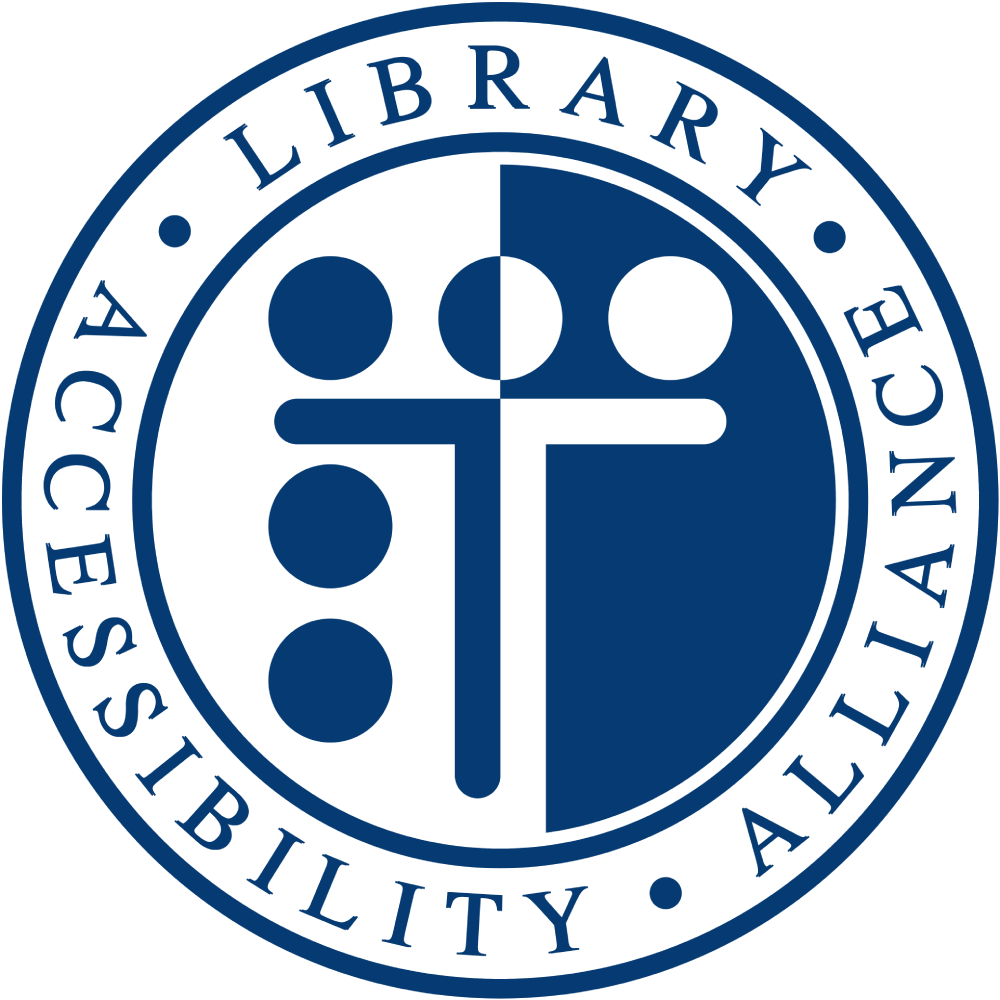***Below is a summary of UARC's accessibility evaluation. For the full report, click the pdf link in the menu on the right.***
MSU Usability/Accessibility Research and Consulting (MSU UARC) conducted a high-level accessibility evaluation of Artstor to evaluate its conformance with WCAG 2.0 AA Criteria. This evaluation did not include all functionality or content of the site or all WCAG 2.0 AA Success Criteria.
During this evaluation, a number of issues were found that will make the site and its content impossible to use for many individuals with disabilities, and difficult to use for some others.
Critically, keyboard traps are present on the Search Results page and in the Advanced Search lightbox, and no means to pause, stop, or hide the rotator on the Home page is present. Keyboard traps prevent keyboard-only users, including individuals with dexterity impairments and screen reader users, from using any part of an affected page beyond the element that captures focus. Rotators that cannot be stopped create significant issues for individuals with cognitive and visual impairments, as well as for screen reader users. Issues of this type can interfere with the ability to use any part of a page for some users.
In addition to the keyboard trap issues noted above, keyboard users, including screen reader users and users with dexterity impairments, will not be able to use a considerable portion of the site. Most importantly, a variety of content (including all search results) cannot be reached or operated via keyboard. Focus order is also incorrect and confusing in several places, further increasing the difficulty of using the site with a keyboard. Some interactive elements lack a sufficiently visible focus indicator, making it difficult for many keyboard-only users to effectively use them, as they cannot determine when they have reached the correct element.
Individuals with visual impairments that rely on screen readers will have additional problems. Many images have missing or inappropriate alternative text, significantly impacting users with visual impairments. Structural information (e.g., appropriate heading and list usage) is not appropriately conveyed to screen reader users, making it difficult to understand content organization. Some form inputs are not appropriately labeled and custom elements do not correctly announce themselves, making them difficult to use for those that rely on screen readers.
Other issues were found that will make it difficult for users with a variety of disabilities to effectively use the system, including images of text used in place of styled text, insufficient color contrast, insufficiently descriptive page titles, inconsistent navigation, and language changes not being properly documented in the code.
To improve access for users with disabilities, UARC recommends a full WCAG 2.0 AA evaluation and that the problems discovered be remediated.
 Library Accessibility Alliance
Library Accessibility Alliance